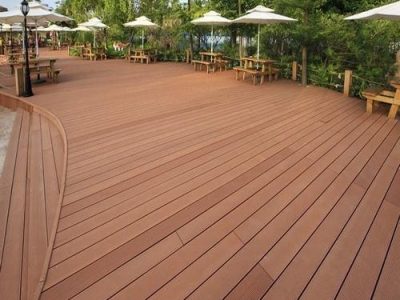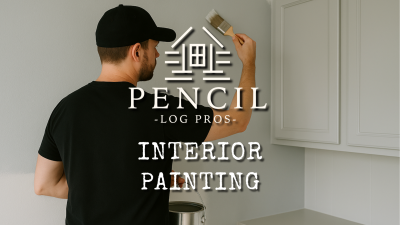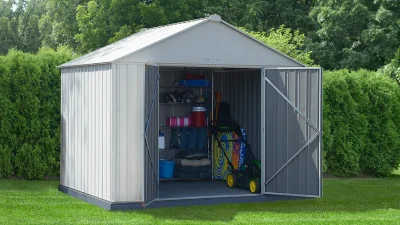As remote work firmly establishes itself as a permanent fixture in many of our professional lives, the ongoing search for a dedicated, quiet, and effective workspace within the home environment remains a consistent challenge. For many, a garden home office—a distinct, standalone structure situated in your backyard—presents a compelling and practical solution. This approach offers a clear and much-needed separation between the demands of home life and the focus required for work, effectively providing a professional environment that is merely steps away from your back door. This guide is designed to comprehensively explore the numerous benefits this setup can offer, delve into crucial design considerations, and address the potential challenges you might encounter when creating your own productive garden office.
The Advantages of a Garden Office
Working from a garden home office can offer several significant benefits. The most obvious is the improved work-life balance. Having a physical separation from your home helps create a mental boundary, making it easier to switch off at the end of the day. This dedicated space can reduce the distractions common in a household, leading to better focus and increased productivity. You can close the door on work, literally.
Additionally, a garden office fosters a greater connection with nature. Being surrounded by greenery, with natural light streaming through the windows, can have a calming effect and reduce stress. This change of scenery from a typical indoor office can boost creativity and overall well-being, making your workday more pleasant and fulfilling.
Key Design Considerations
When planning your garden office, the first things to consider are its size and layout. Think about the space you realistically need. Will it just be you and a desk, or do you require room for storage, meetings, or specific equipment? Sketch out a floor plan to help visualise how you will use the space. Remember to check local planning permission requirements, as some larger structures may need approval before you can build.
The materials you choose will define the building’s appearance and longevity. Timber is a popular choice for its natural aesthetic and insulating properties, with options like cedar and pine being common. You should also think about insulation for year-round comfort, as well as the type of windows and doors you want. Double-glazing is a good investment for both temperature regulation and soundproofing.
Overcoming Practical Challenges
A garden office does present some practical hurdles. The British weather is a major factor. Proper insulation, heating, and ventilation are essential to keep the space comfortable throughout the year, from damp winter mornings to hot summer afternoons. A well-built structure with weather-resistant materials will protect your investment and the equipment inside it.
Security is another important point. Since the office is separate from your main house, it can be a target for theft. Investing in strong locks for doors and windows, an alarm system, and security lighting can provide peace of mind.
Finally, you will need to sort out connectivity. A reliable internet connection is non-negotiable for most remote workers. You might find your home Wi-Fi signal doesn’t reach the garden effectively. Solutions range from Wi-Fi extenders and powerline adapters to running a dedicated ethernet cable from your house to the office, which offers the most stable connection.
Is a Garden Office Right for You?
A garden home office can be a fantastic way to improve your remote working experience. It provides a dedicated, professional space that helps you focus, boosts your productivity, and strengthens the boundary between your work and personal life. While there are challenges to address, such as weatherproofing and security, careful planning can help you create a comfortable and functional workspace. If you are looking for a way to upgrade your home-working setup, exploring a garden office could be a rewarding step.













Comments